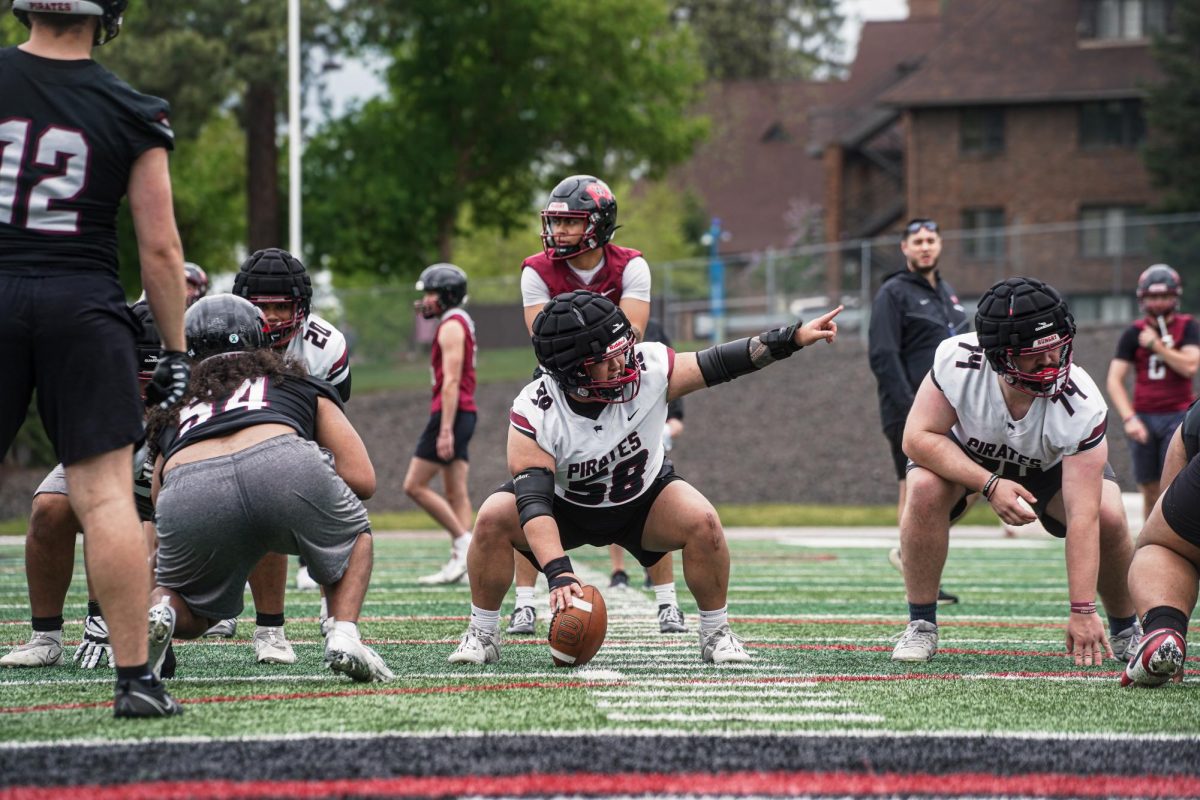Since the 1997 season of the Oakland Athletic baseball team, modern sports scouting and player recruitment would never be the same. Billie Beane, the general manager of the Oakland Athletics, introduced sabermetrics to the sports world.
Sabermetrics are a system of statistically analyzing players to produce the most wins at the most efficient rate. Before sabermetrics, Major League Baseball teams scouted players out of college and in the farm system, based on how many home runs they hit or how many runs they hit in (RBI’s). What Beane realized was that what statistically won baseball games was how many runners would end up on base over the course of a game. Beane analyzed on base percentage (OBP) to recruit players who were previously under recruited. Beane was able to turn around a struggling franchise into a top playoff contender.
Today every team utilizes advanced metrics in their scouting and game planning. Line ups are set based on the handedness of the starting pitcher, and countless relief pitchers can be swapped in and out to counter specific batters who are hitting well that game. In this year’s World Series between the Boston Red Sox and the Los Angeles Dodgers, some questionable lineup choices were made that began to pose the question “can you over-analyze a game and end up hurting your team?”
Dodgers outfielder Cody Bellinger was the 2017 Rookie of the Year, National League Championship MVP and has hit 64 home runs in his first two seasons. To most baseball enthusiasts and sports analysts, Bellinger is clearly an asset to a high-profile team like the Dodgers. Bellinger did not start the first two games of the Series. The Dodgers front office recognized that Boston was starting two lefties in games one and two, citing that this could possibly present a problem for Bellinger. The Dodgers ended up losing the first two games, and eventually the World Series. It should be noted that in game three Bellinger started, and the Dodgers were victorious.
Fox Sports Radio host Colin Cowherd sums up the perfect balance of analytics in professional sports. Cowherd speaks about “Manalytics,” which are an athlete’s intangibles like star power and the ability to dominate a room that they enter. When talking about MLB star Bryce Harper “Bryce Harper leads the MLB in B.I.S. , Butts In Seats, R.S.Q. , Rock Star Quotient, and H.Y.G. Hide Your Girl,” said Cowherd. Professional sports general managers should definitely factor analytics into their decisions because they have proven to be huge factors in making winning teams, but it shouldn’t change your base instinct on when to play a star in a big game.
No NBA coach in their right mind would sit Steph Curry just because the opposing teams point guard plays more physically than the rest. A stars ability to dominate a game on the court, on the stat sheet, in the minds of the opposition, and in the hearts of the fans should all be considered when a coach sets a starting lineup. There doesn’t need to be a battle between baseball “Purists” and new age analytics fans. There needs to be a union of these two because the combination of both is what breeds winning teams and exciting baseball.









 Spokane?
Spokane?